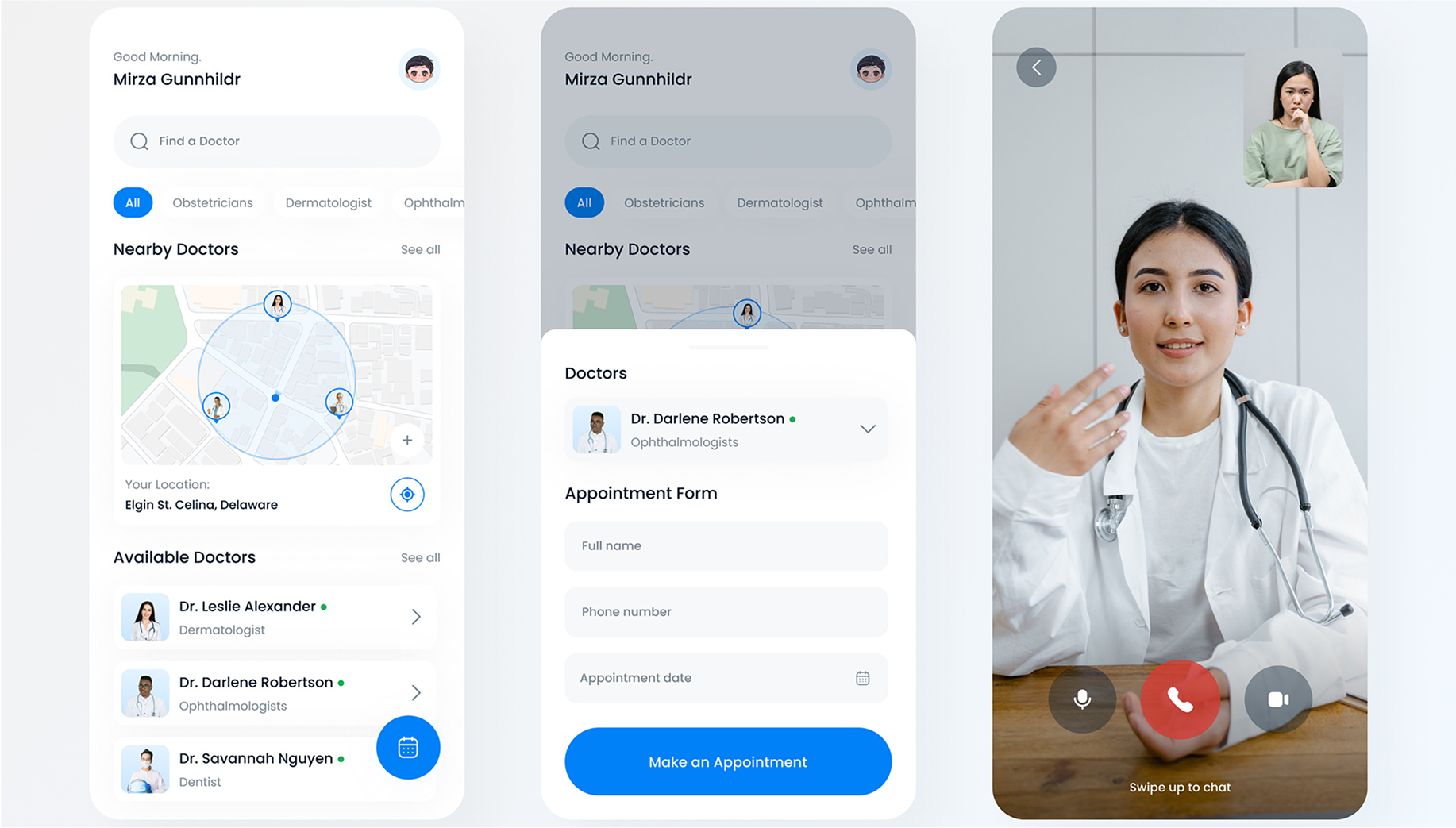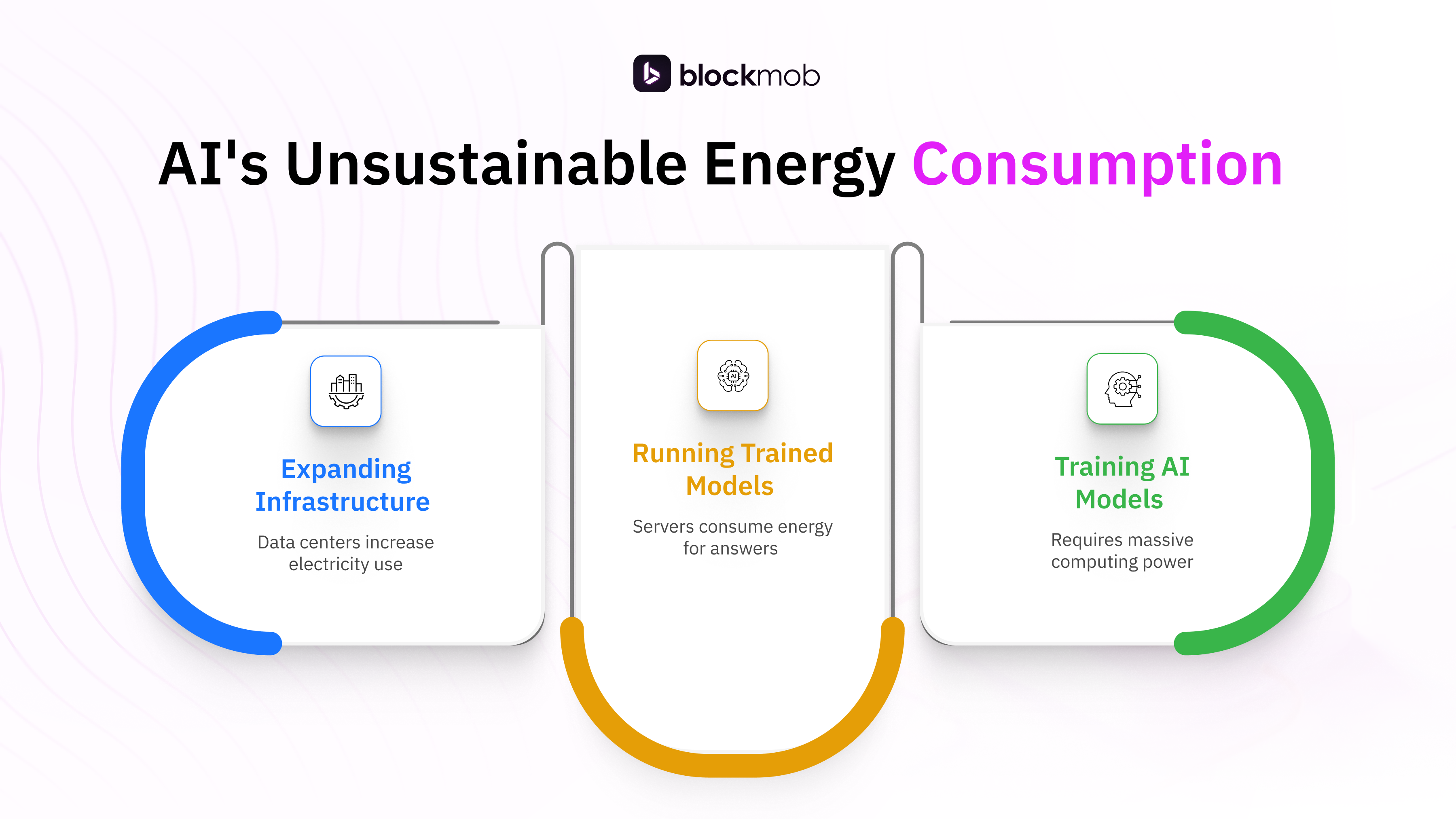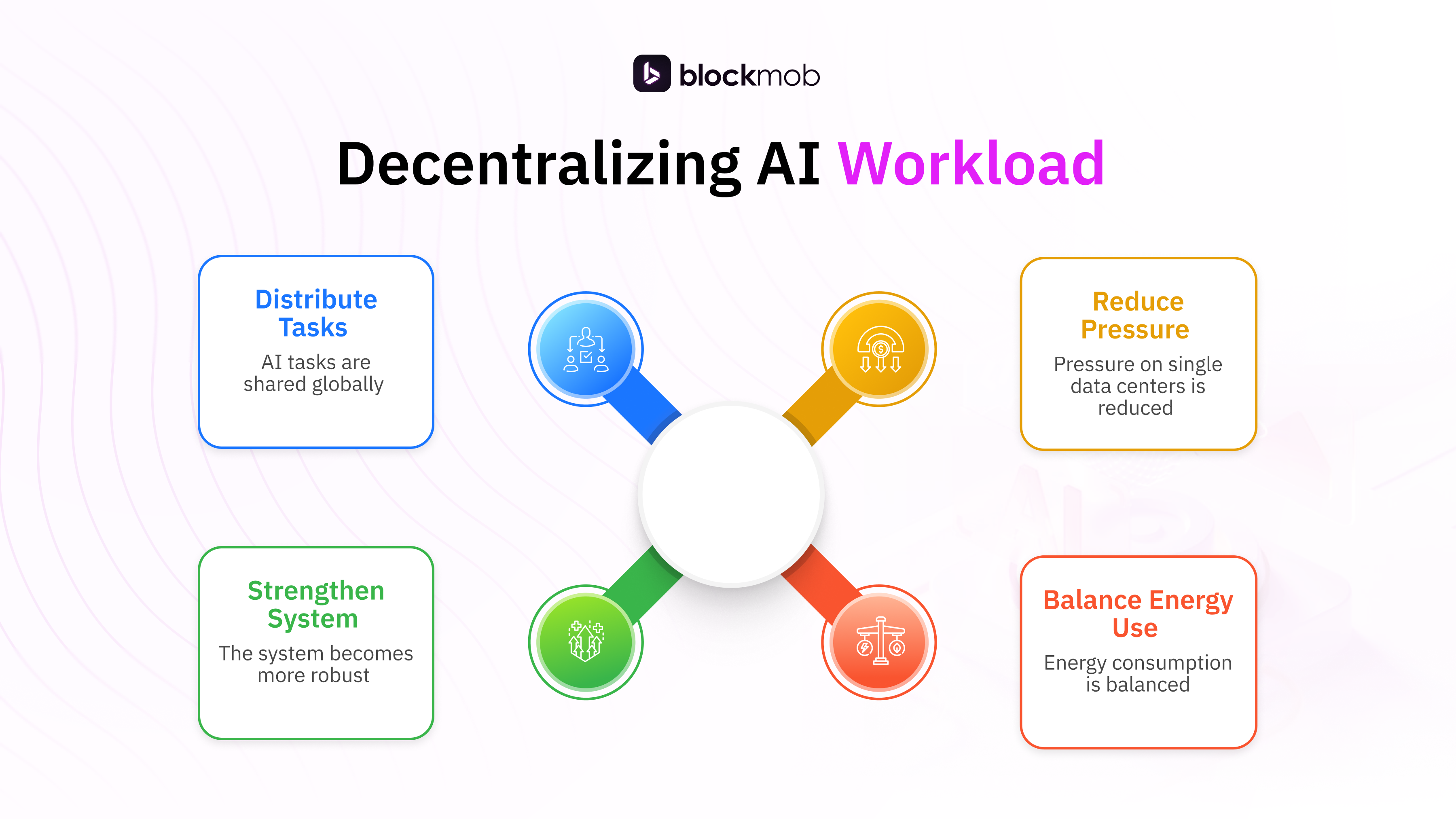AI’s Energy Problem and What Web3 Can Teach


AI consumes massive amounts of energy, raising sustainability concerns. Learn how lessons from Web3’s energy challenges, like decentralisation, efficiency, and incentives, can guide AI toward a greener future.
AI’s Energy Problem and What Web3 Can Teach
Artificial Intelligence has become part of our daily conversations. From chatbots that answer questions to tools that create pictures, music, and even code, AI feels like magic. But behind this magic, there is a serious issue that most people don’t see.
AI needs a lot of power to work. Training and running advanced AI systems require huge amounts of electricity. Data centres with thousands of servers run day and night just to keep AI alive. This is creating what many experts call the AI Energy Problem.

Why AI Uses So Much Energy
To understand why AI consumes so much energy, think about how a student studies for an exam. A student may need to read hundreds of books and practice thousands of questions before they are ready. AI models do something similar; they go through billions of words, images, and pieces of data over and over again until they “learn.”
But instead of one student reading, imagine millions of computers studying at the same time. They don’t just do this for a few days; they can do it for weeks or months. This is why AI uses enormous amounts of electricity.
The problem does not stop there. Once an AI model is trained, it still needs energy every time people use it. For example, when millions of people ask questions from a chatbot at the same time, thousands of servers must run to provide answers.
Big tech companies are now building more data centres and buying specialised chips to keep up with the demand. But all of this means more electricity use, more pressure on the power grid, and more questions about whether this is sustainable in the long run.

A Similar Story: Blockchain’s Energy Problem
This is not the first time a new technology has faced an energy challenge. Blockchain, which powers cryptocurrencies and Web3 applications, went through something very similar.
In the early days, Bitcoin became famous not just for its value but also for its energy use. News reports said Bitcoin mining was using as much electricity as some small countries. Many people thought blockchain could never grow without destroying the environment.
But the Web3 community worked hard to find solutions. Developers created proof-of-stake, a system that uses far less energy compared to the older proof-of-work model. They also introduced Layer-2 networks that allowed blockchains to handle more transactions with less energy.
These changes did not happen overnight, but they showed that innovation and efficiency can go hand in hand. And this is where AI can learn from Web3.
Lesson 1: Spread the Workload
Right now, most AI is run by a few giant companies in huge centralised data centres. This is like having one giant factory that makes food for an entire country. It works, but it also puts a huge strain on resources in one place.
Web3, on the other hand, spreads the work across thousands of smaller players around the world. Instead of one giant kitchen cooking meals for everyone, many smaller kitchens share the load. This makes the system stronger and less wasteful.
AI could benefit from a similar idea to decentralised computing. If AI tasks were shared across a global network of contributors, it would balance out energy use and reduce pressure on single data centres.
Lesson 2: Make Efficiency a Habit
In blockchain, developers learned quickly that wasteful systems did not survive. If a smart contract or application used too much energy, people avoided it. So efficiency became part of the culture.
AI is now facing the same choice. Companies can no longer afford to keep making larger and larger models that eat up electricity. They need to think about better algorithms, smaller but smarter models, and infrastructure that saves power.
Efficiency should not be an afterthought; it should be the foundation. Web3 already proved this works.
Lesson 3: Incentives Create Change
One of Web3’s biggest strengths is its incentive system. People contribute computing power or secure the network because they get rewarded. This motivates innovation and keeps the ecosystem alive.
Imagine if AI had a similar system. There could be marketplaces where people share computing power, and those who provide it efficiently get rewarded. Instead of only big companies controlling AI, many players could contribute while keeping energy use under control.
This kind of system would make AI not only more sustainable but also more open and fair.

The Role of Blockmob Labs
At Blockmob Labs, we focus on building strong and efficient infrastructure. We do design and develop systems that support large-scale digital innovation. Our experience in Web3 has taught us that scalability and efficiency are not just nice-to-haves; they are essential.
We’ve built:
- Smart contracts that run smoothly without wasting resources.
- DeFi platforms that handle thousands of users without slowing down.
- Wallets and dApps that are powerful but also lightweight.
The problems AI faces today are not completely new. Web3 has already shown that it’s possible to overcome energy challenges by thinking differently. And the same principles of decentralisation, efficiency, and incentives can help AI grow without harming the world’s energy systems.
Our role is to help businesses build these types of future-ready systems. As AI and Web3 begin to overlap, whether in decentralised computing, tokenised marketplaces, or energy-efficient apps, companies will need partners who know how to design for sustainability and scale. That’s where we come in.

Building a Future That Lasts
AI is one of the most exciting technologies of our time, but it cannot grow endlessly if it drains too much energy. The good news is that there is already a roadmap to follow.
Web3 survived its energy crisis by becoming more efficient and more innovative. It moved from being criticised for waste to being respected for solutions like proof-of-stake and scaling networks.
If AI learns from these lessons, it can do the same. By spreading the workload, making efficiency a habit, and rewarding good practices, AI can grow without overwhelming the planet’s resources.
The future of technology belongs to those who build with responsibility. Companies that focus on both innovation and sustainability will lead the way forward.
At Blockmob Labs, we believe in building that kind of future, one where technology is powerful, but also practical and sustainable.






